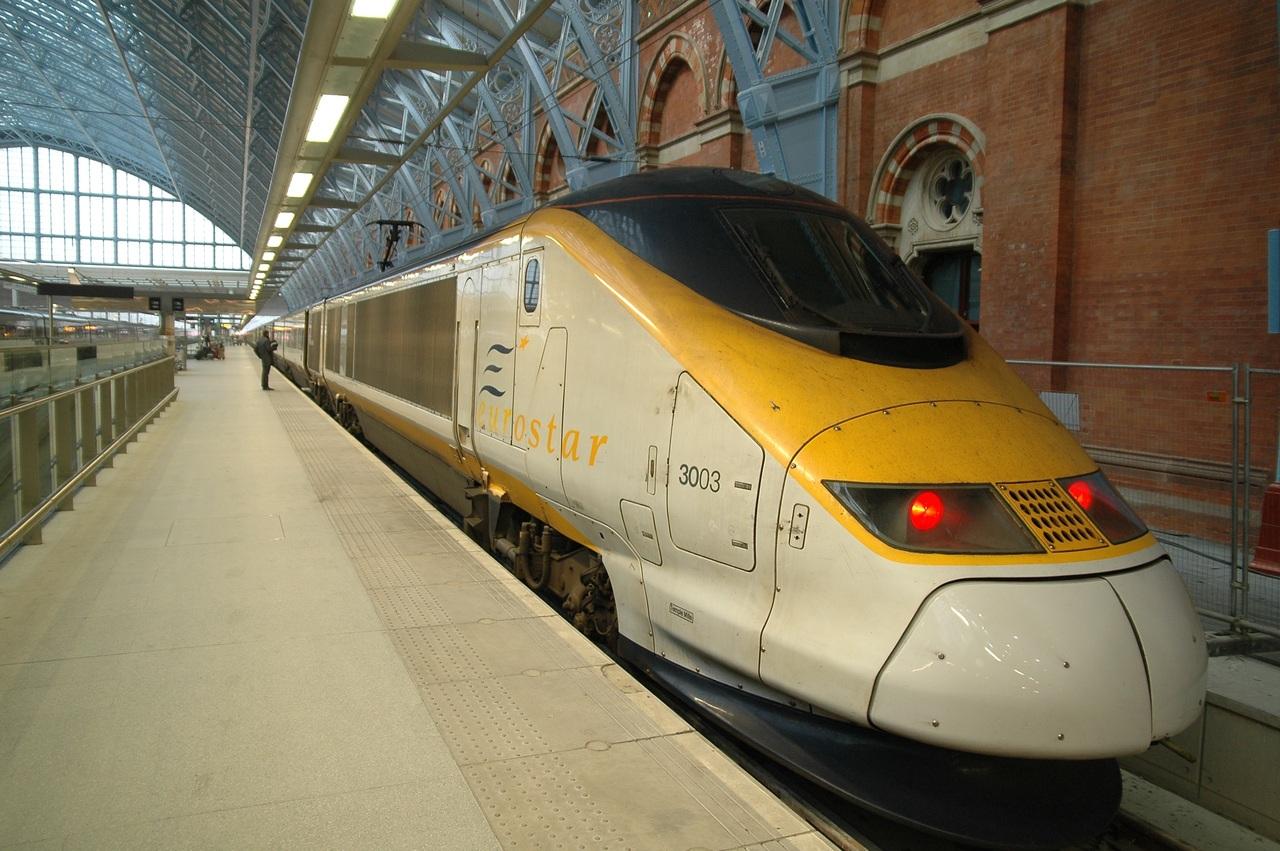The Channel Tunnel

Choosing the best way to cross the Channel and deciding whether to travel over or under the water is a matter of taste, time and cost. For those travelling on foot, the convenience of the Eurostar is unbeatable, but to get good prices you need to plan ahead. Those with a car need to do the maths carefully and will probably conclude that it is better to go to the coast and board one of the Stena or P&O ferries.
Which station does the Eurostar arrive at? Where do I take the Channel Tunnel?
The journey takes just over 2 hours and links Gare du Nord in Paris to St Pancras station in London. There are also frequencies linking France and Belgium. When the train reaches a speed of 300 km/h and runs parallel to a French motorway, it’s fun to look out of the window and see the cars and trucks (usually travelling at 130 km/h) trailing behind as if they were almost stopped. And if you think it might be a bit strange to drive a train through a tunnel at the bottom of the sea, don’t worry. The journey is absolutely smooth, just like any other train journey.
Eurostar trains have an average of 18 carriages, divided into 1st and 2nd class, and a dining car, totalling 400 metres in length. To accommodate the train, London’s historic St Pancras station, opened in 1868, underwent a major refurbishment, receiving an extension to accommodate the Eurostar. Unlike the departure (or arrival) in Paris, which is done from the surface, the arrival (or departure) of the Eurostar in London is done by underground. As there was no free space for new road construction, it was decided to build 30 kilometres of tunnels, passing over 2,000 properties, motorways, 12 road tunnels, including the Underground, and about 600 water, gas and sewerage systems. The Thames is also crossed by a tunnel built under the river bed.
The story
But it was in 1994 that everything changed. In that year, a dream that had been cherished and considered impossible for centuries finally came true, with the opening of the land link between England and the European continent. The Channel Tunnel was in operation and trains were running through it at high speed, carrying passengers, cars and cargo. Nothing else would be the same from then on. The impact that this new route had on transport, on the notion of distance between the two countries, on trade and especially on tourism was immense. London is now only two hours away from Paris, in a journey that connects the city centre in comfort. Many have even prophesied that traditional boats are doomed to disappear. But as always, what determines the success of any venture is the cost, and after the celebrations and euphoria of the Eurotunnel’s inauguration, its high operating costs made it clear that there would still be room for ferries, and that there would still be plenty of passengers for them.
In fact, the Eurotunnel is not just one tunnel, but three, side by side (see video). Trains connect France to England through one tunnel and England to France through the other. In the middle of the two is a smaller tunnel, intended to serve as a service, support and escape tunnel in case of need. The central section of the tunnel reaches 100 metres below the canal bed, and its course, although not visible to train passengers, rises and falls several times as it follows the firmer ground beneath the canal. It is the longest underwater tunnel in the world.
Video crossing in the 3rd tunnel
How much does the Eurostar cost?
Eurostar tickets start at €40 for a one-way trip from Paris, Lille or Brussels (and €80 for summer travel). This is the price per vehicle and up to 9 passengers.
The price of Eurostar tickets depends on:
the type of vehicle,
the date of purchase of the ticket,
the date of departure,
the season,
the demand for tickets,
the time of departure,
the number of days of travel